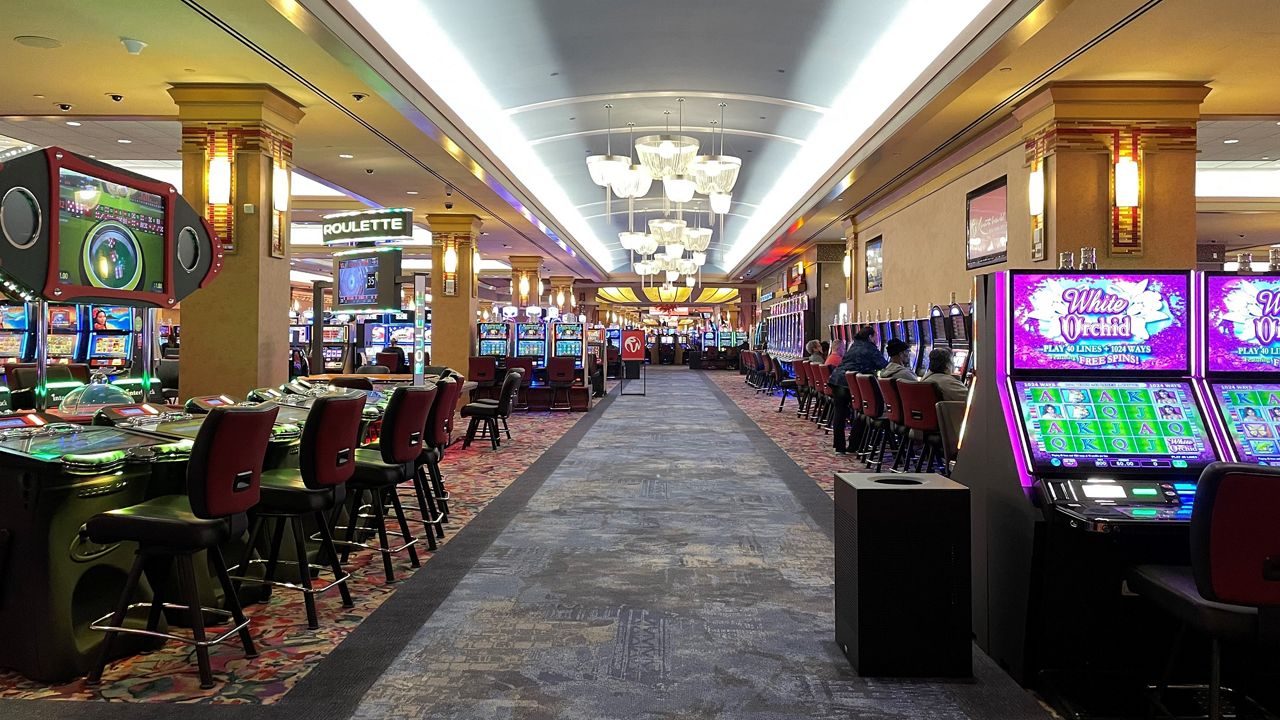The Psychology That drives Gambling Game Development
Casino experiences have long captivated people’s attention, drawing players into a realm filled with chance, tactics, and the allure of excitement. Each experience is meticulously crafted not just for enjoyment, but also to inspire targeted emotional responses that keep participants involved and interested. Understanding the reasons behind these designs reveals much about how psychology plays a key role in the gaming experience.
From the vivid lights and dynamic sounds to the intricate layering of rules and payoffs, casino games are designed to create an atmosphere of thrill and anticipation. Game designers leverage mental cues to influence participant behavior, whether through the use of big prizes, almost wins, or social interactivity. By examining these aspects, we can better appreciate how casino games fulfill not just a desire for entertainment, but underlying psychological needs for excitement and hazard.
Understanding Gamer Behavior
Casino games are crafted with a deep understanding of gamer psychology, which is essential for luring and holding players. The excitement of the game, alongside the expectation of winning, produces a formidable draw. 88clbbb.com Game designers make use of elements like sound effects, dynamic graphics, and engaging gameplay to capture attention and evoke emotional responses. These sensory experiences enhance the total environment, making players feel more invested in the game.
Another significant aspect of player behavior is the idea of risk versus reward. Casino games often balance high-risk scenarios with the potential for considerable rewards, which can lead to the event known as near-miss effect. When players come close to winning, the brain produces dopamine, strengthening their behavior and encouraging them to continue playing in search of that fleeting win. This cycle of wish and letdown plays a crucial role in how games are structured and marketed.
Lastly, social elements also play a central role in player behavior at casinos. Many games are made to be played in groups or with other players, nurturing a sense of community and collective experience. The interaction inherent in games like poker enhances enjoyment and can result in prolonged gaming periods. Designers capitalize on this by creating environments that encourage players to linger, interact, and come back, making the overall casino experience more appealing.
The Role of Imagery and Audio
Imagery and sound play a significant role in elevating the gambler’s experience within casino games. Designers utilize vibrant colors, striking graphics, and captivating animations to attract gambler’s attention and maintain their interest. The use of themes, such as adventure or luxury, helps create an engaging atmosphere that takes players into a different world. By appealing to the senses, these elements contribute to a heightened emotional response, prompting players to interact more deeply with the games.
Sound design is just as important in enhancing the overall experience of casino games. The combination of background music, sound effects for successful combinations, and ambient noises creates an sound landscape that holds players fascinated. Sounds associated with victories, such as ringing bells or celebratory music, evoke feelings of thrill and reward, encouraging players to keep playing. These sound cues are carefully placed to enhance the excitement of the game and create a more engaging experience.
Additionally, the synchronization of visuals and sound is crucial for supporting the game’s overall theme and atmosphere. Each element should align harmoniously to create a cohesive experience that pulls players in. RÚT TIỀN 88CLB The effective use of this integration not only enhances user satisfaction but also increases the likelihood of repeat play, as players become more engaged in the captivating world that the casino games offer. This thoughtful combination of imagery and sound ultimately enhances player involvement and commitment.
Incentive Systems and Engagement
The creation of gambling games greatly relies on reward structures to keep players involved and coming back for more. These systems are based in behavioral theories that take advantage of human nature and desire. Participants are often driven by the excitement of success, which is reinforced by instant responses through the game’s design. This prompt satisfaction not just improves the overall experience but also cultivates a feeling of success, prompting participants to keep participating in hopes of bigger rewards.
Casinos utilize various reward structures, such as large payouts, extra rewards, and increased rewards, to captivate players. These elements create a layer of thrill that maintains interest. Additionally, the randomness of results plays a significant role in sustaining interest. The intermittent reinforcement schedule, where successes are random but occur often enough, keeps players on edge and motivated to keep playing. This loop of hope and expectation is foundational to the effectiveness of casino games.
Moreover, community aspects, such as tournaments and multiplayer features, enhance the participation factor by leveraging the desire to compete of participants. The shared experience of gaming with others can intensify the excitement of winning and create a sense of community within the gaming space. By combining these community elements with efficient reward systems, casino games not only provide fun but also foster a deeper connection among participants, solidifying their commitment to the overall experience.
